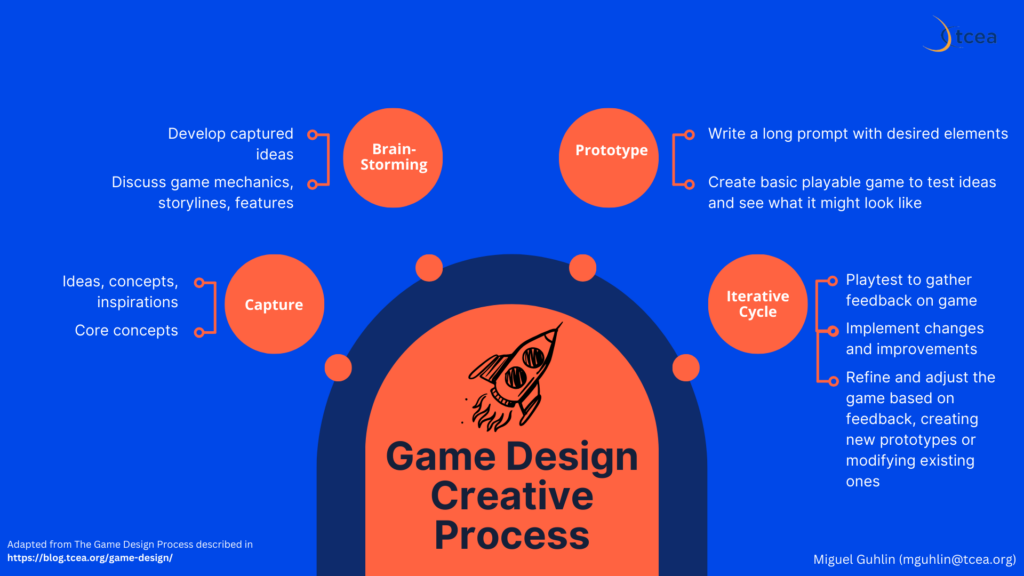Explore tips, tools, and resources for teaching English Language Arts and Reading. Enhance literacy and inspire students with creative strategies.
Each March, book lovers across the United States gear up for one of the most anticipated literary events of the year: Read Across America! This nationwide event celebrates not just the act of reading, but the colorful cultural tapestry that literature creates. Check out these seven ideas for celebrating Read Across America Day 2025 in your classroom, school, or district.
initiated by the National Education Association (NEA) in 1998, has grown from a single-day event into a year-round program that promotes literacy and the joy of reading among children and adults alike14.
Why Read Across America Day 2025 Matters
Read Across America was originally started as a one-day event in 1998 by the National Education Association (NEA). Early March was chosen so that the holiday could coincide with the birthday of famous children’s author, Dr. Seuss. Nowadays, National Read Across America Day is more than a chance to celebrate reading — it’s a year-round program that promotes literacy and the joy of reading among children and adults alike.
Especially now, with digital media more prevalent than ever, the importance of fostering a love for reading is paramount. Read Across America serves as a powerful reminder of the transformative power of books. It helps open doors, cultivate empathy, and inspire our next generation of critical thinkers.
Ideas for Celebrating Read Across America Day 2025
1. Host a Book Character Parade
Encourage students to dress up as their favorite literary characters. This not only makes reading fun but also allows children to literally step into the shoes of diverse characters from various backgrounds.
2. Create Themed Reading Spaces
Transform classrooms or libraries into magical reading nooks inspired by beloved books. A themed corner, like a Wild Things jungle, can ignite imaginations and make reading an immersive experience.
3. Organize a Community-Wide Reading Challenge
Set up a reading challenge that involves the entire community. This could include reading goals, book discussions, and even a “reading marathon” where participants read continuously for a set period.
4. Implement a Book Tasting Event
Set up a “book tasting” where students can sample different genres and styles of literature. This is an excellent way to introduce readers to a wide variety of books and authors they might not otherwise encounter.
5. Launch a StoryWalk®
Create a StoryWalk® in your community, where pages from a children’s book are displayed along a walking route. This combines physical activity with reading, making it a fun family event.
6. Invite Guest Readers
Bring in guest readers from the community – local authors, community leaders, or even high school students – to read to younger children. This can help create positive reading role models.
7. Host an Author Visit
Arrange for an author visit, either in person or virtually. This can provide students with insights into the writing process and inspire budding writers.
Read Across America in Your Classroom
Read Across America Day 2025 is sure to be one for the books, so mark your calendars for March 2 and start planning how you can foster a love of reading in your own classroom!
How are you celebrating Read Across America Day? Let us know in the comments section!












































